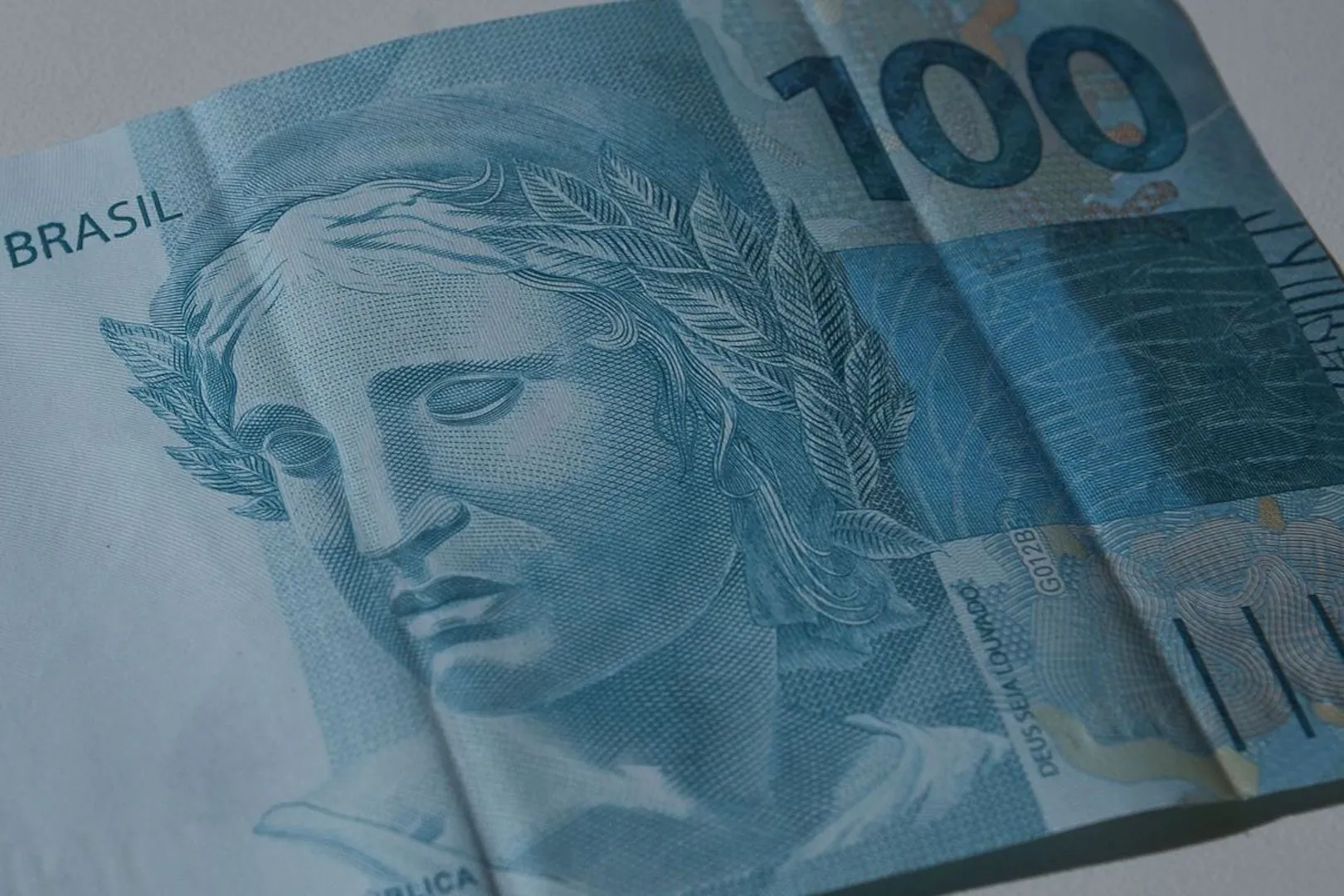On Monday, November 20, 2023, Brazil’s country risk index, measured by the 5-year Credit Default Swap (CDS), fell to 155 points.
This marks its lowest level in nearly three years, the last similar reading being 153 points in February 2021.
World Government Bonds reported this recent update. For historical trends of the index, the Investing platform offers detailed data.
At the beginning of President Luiz Inácio Lula da Silva’s term, the index was higher, at 250 points.
The CDS serves a critical role, similar to how dollar values reflect economic uncertainties. Essentially, it’s a tool to gauge a country’s financial stability.
It operates like an agreement to take on the credit risk of another entity.

In practical terms, a lender might use a CDS as a safety net against the possibility of a loan not being repaid.
This drop in Brazil’s CDS indicates growing confidence in its economy and financial stability.
Background
The decline in Brazil’s risk index is a positive sign, signaling investor confidence in the country’s economic health.
Historically, the CDS has been a reliable indicator of a country’s financial risk perception. The index’s decrease reflects improved economic policies and political stability.
Brazil’s situation mirrors a global trend where emerging economies are stabilizing post-pandemic.
The current index level contrasts sharply with historical highs during times of economic turmoil.
This improvement could attract more foreign investment, vital for Brazil’s economic growth.
The role of political leadership in shaping economic policy and investor confidence is evident in this scenario.
The ongoing decrease in Brazil’s CDS suggests a favorable outlook for its economic future.

